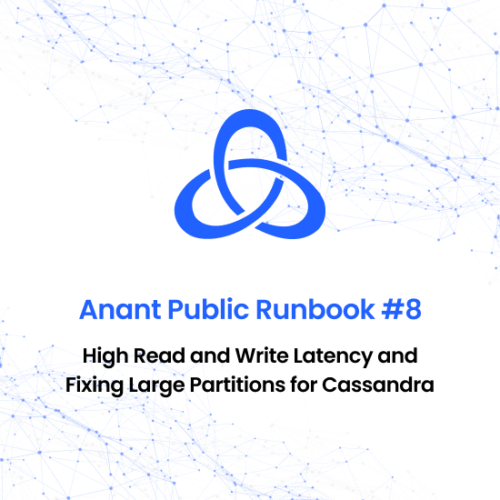Questions the Runbook Answers:
-
What is the handling of NULL values in Cassandra, and how does it impact read latencies and tombstone warnings?
-
What is the impact of delete operations on Cassandra tables, and how can it be mitigated?
-
How does frequent updates on the same value affect read performance in Cassandra, and what are some best practices to address this?
-
What are materialized views in Cassandra, and what are some best practices for working with them?
-
How does Cassandra treat tombstones, and what is the relationship between tombstones and delete operations?
-
What is the queue anti-pattern in Cassandra, and why should it be avoided?
-
How can the Leveled Compaction strategy be used to improve read performance in Cassandra?
-
Why are materialized views an experimental feature in Cassandra, and what risks are associated with using them in production?
Optimize Cassandra Performance: Best Practices and Expert Tips
Cassandra’s delete operations can generate tombstones, leading to potential issues such as high latency, timeouts, and read errors if not properly managed. Frequent updates on the same value can also negatively impact read performance. Although materialized views offer an alternative to denormalized tables, they are an experimental feature in Cassandra and may go out of sync with the base table. To adhere to best practices, it’s important to avoid the queue anti-pattern, leverage the Leveled Compaction strategy for improved performance, and refrain from using queries that insert NULL values into the database.






Reviews
There are no reviews yet.